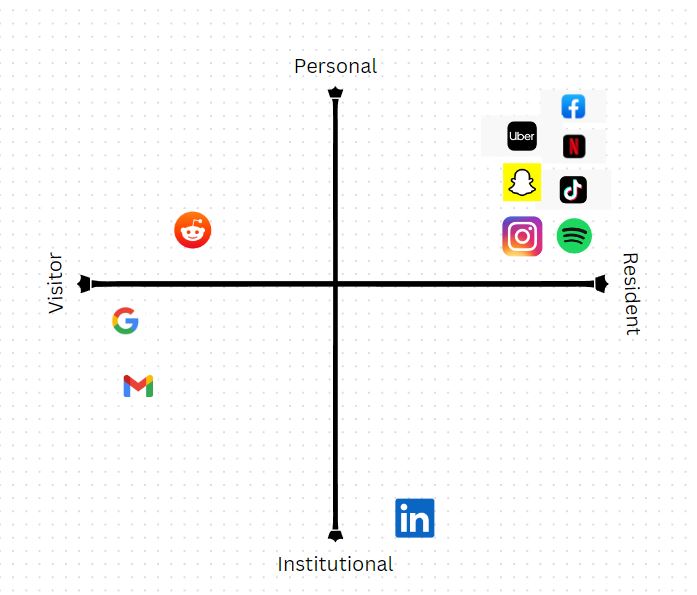- Reflect on your experience in the course, your development of PLN, your use of social media platforms and networked publics, any changes in your perspective of social media in professional settings and personal use
This course has educated me the various beneficial aspects of having and developing my PLN. I came into the course not knowing what PLNs were but now I know how to use them to access to diverse knowledge and expertise, for continuous learning, collaboration and social/professional networking, personalized learning, and support and motivation in my goals and life. I’ve already made developments to my PLN throughout this class. I started to the expand the media platforms I use for networking such as using Facebook, LinkedIn, and Reddit to join groups/communities where I participate in discussions and events that further my expertise in my degree’s field.
Previously, I had very limited social media use and only used platforms such as TikTok, Snap chat, and Instagram for leisure and communication with friends. My perspective on social media platforms have changed; I now see these same platforms has having utility for other purposes such as accessing a wealth of knowledge and expertise, and expand your learning and professional development opportunities. An example would be me joining a Instagram group that discusses recent job fairs and info conferences related to Health Information Science ( My field). I also learned the importance of developing my own Digital Identity. This includes re hauling how I present myself on social media platforms but also made me more aware of my digital footprint. I previously had a lot of old childish pictures and posts on my Facebook account that I did not use anymore, however, upon completion of this class I went back and remade my Facebook profile and cleaned up my history.
Overall, this course has completely changed my perspective on the capabilities of Social Media and bettered my understanding of how to utilize these useful platforms to my advantage.

Recent Comments